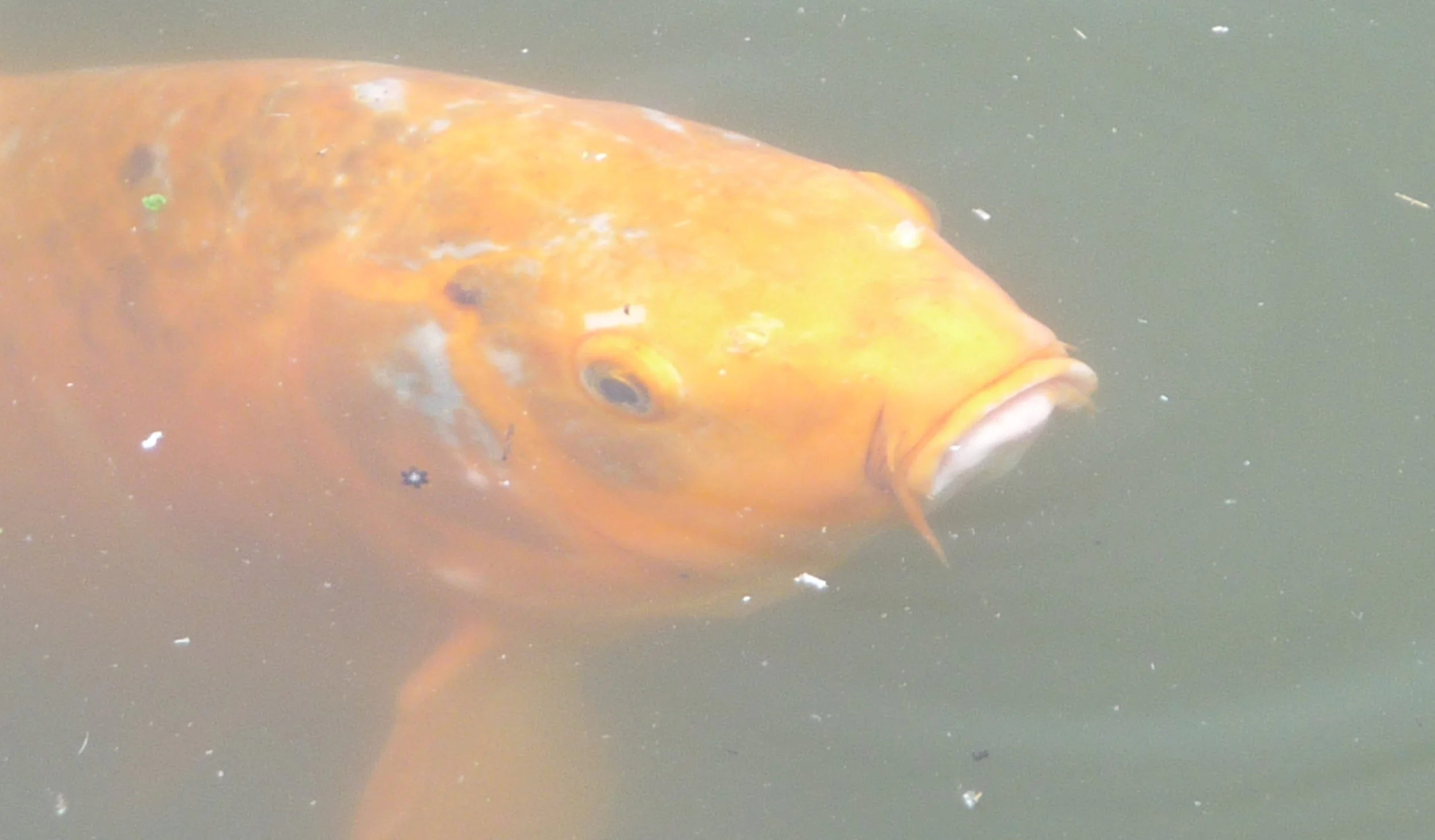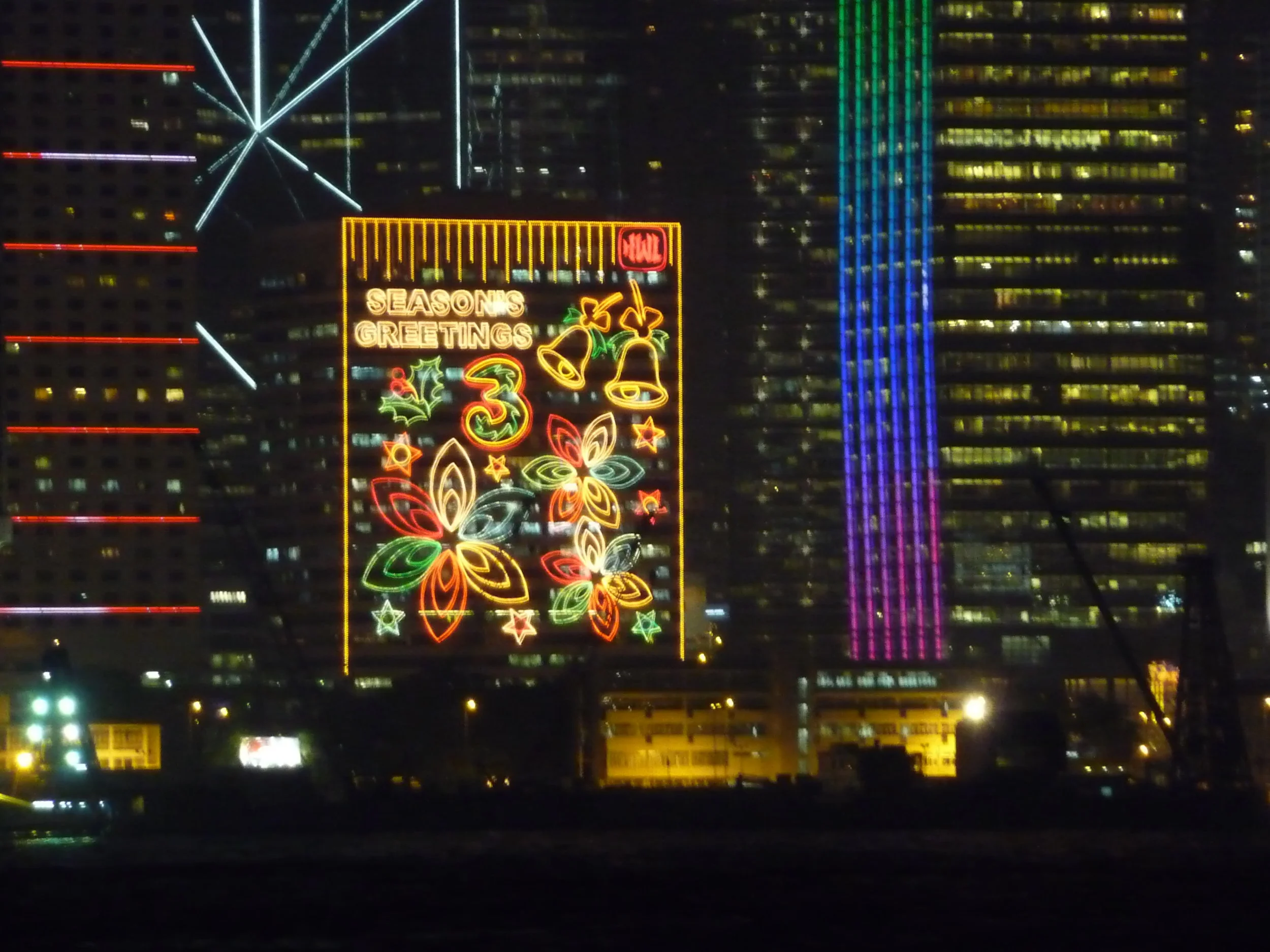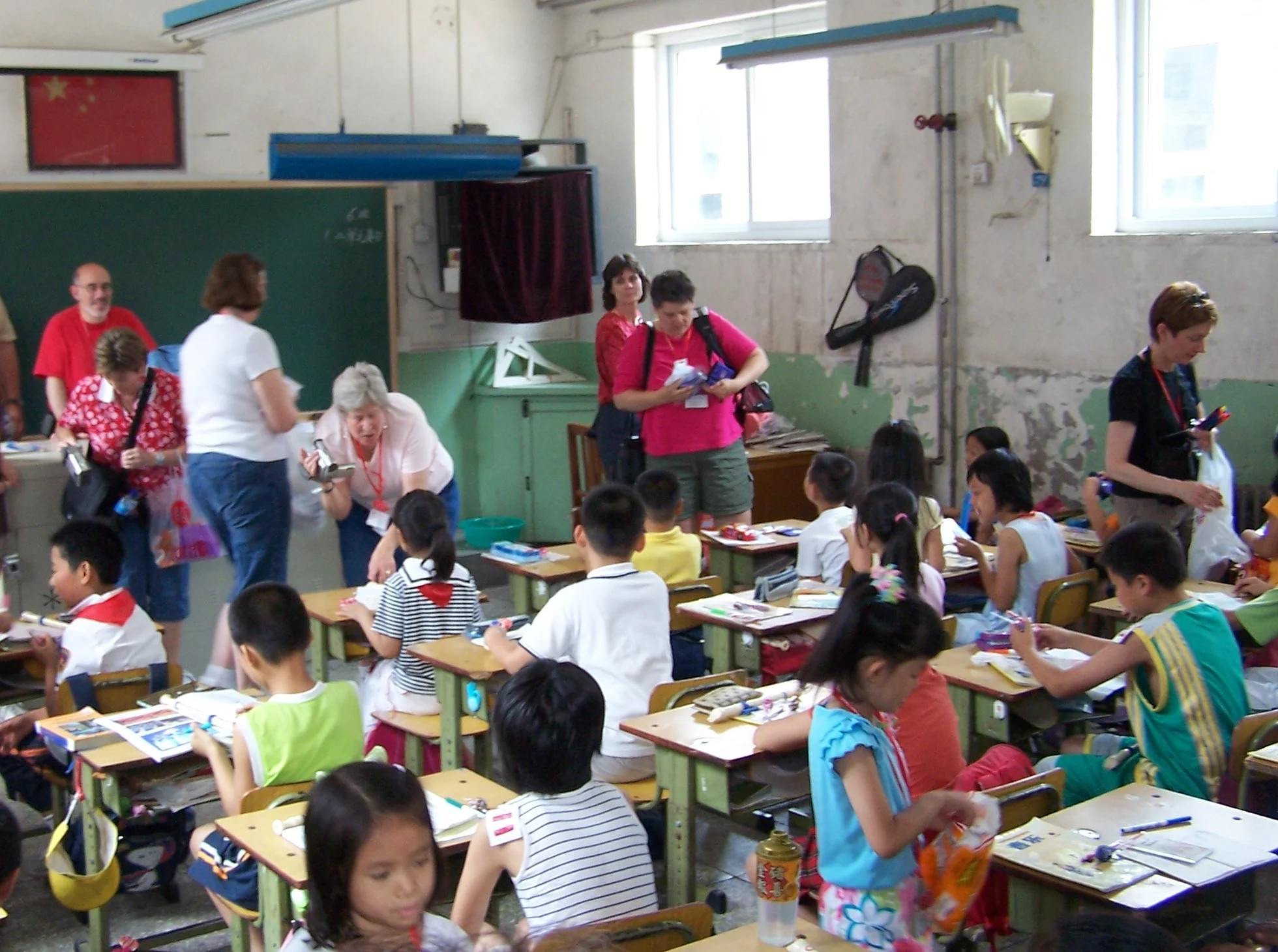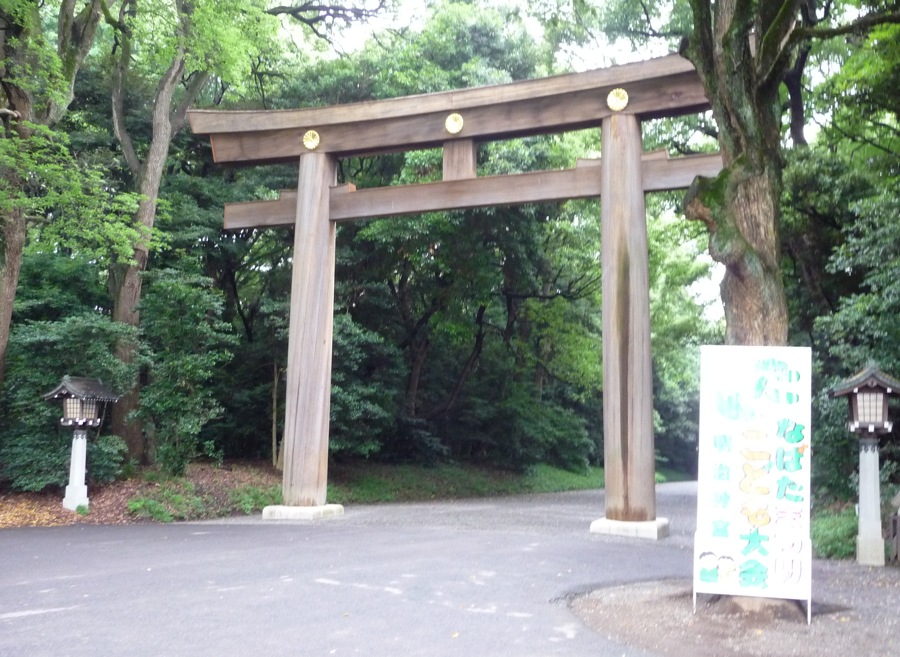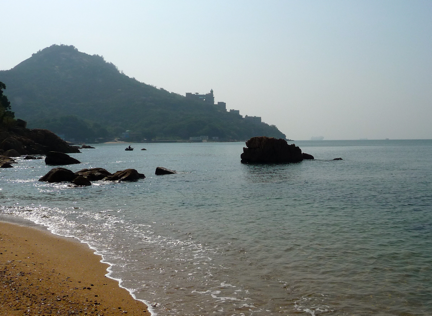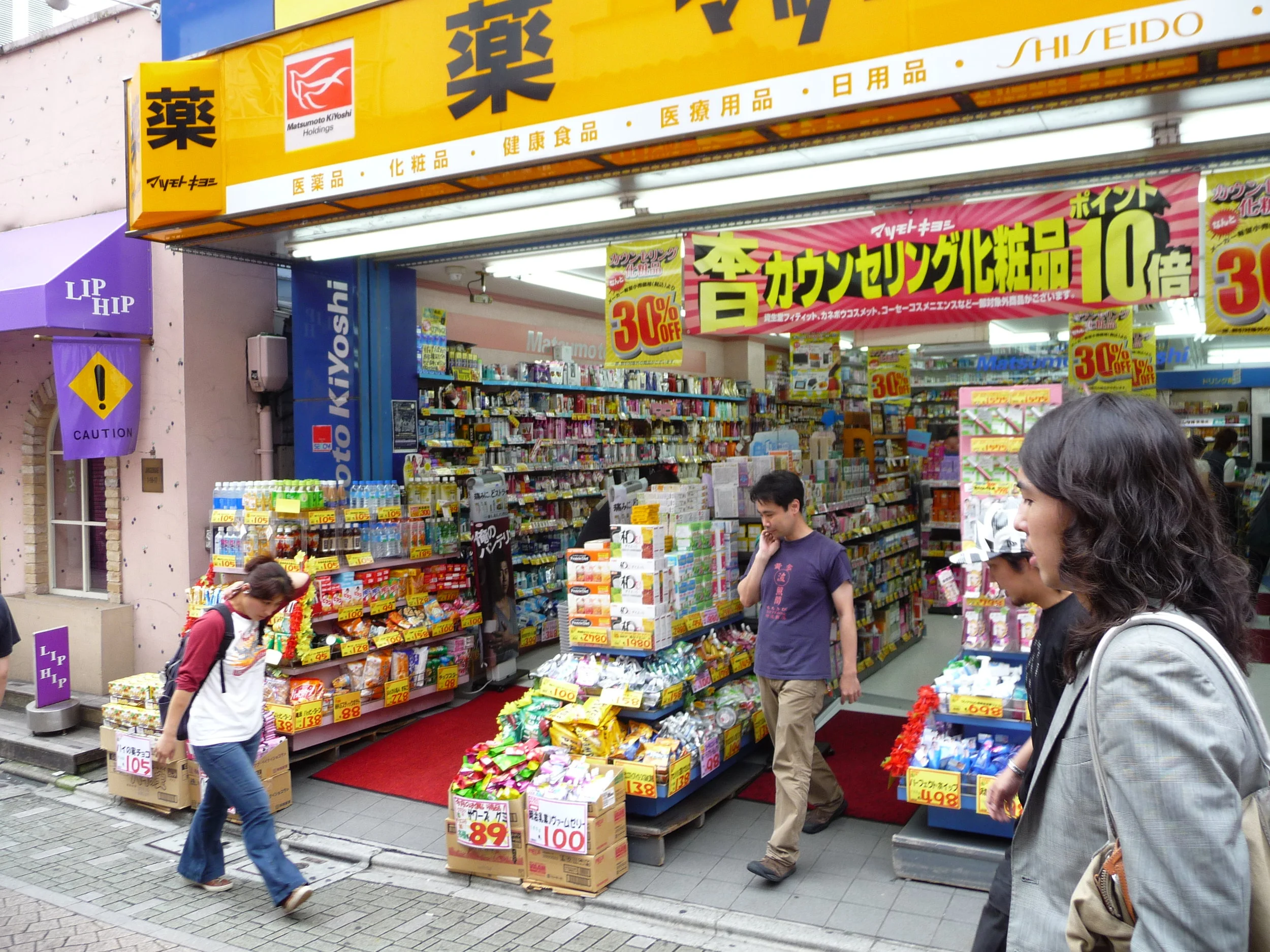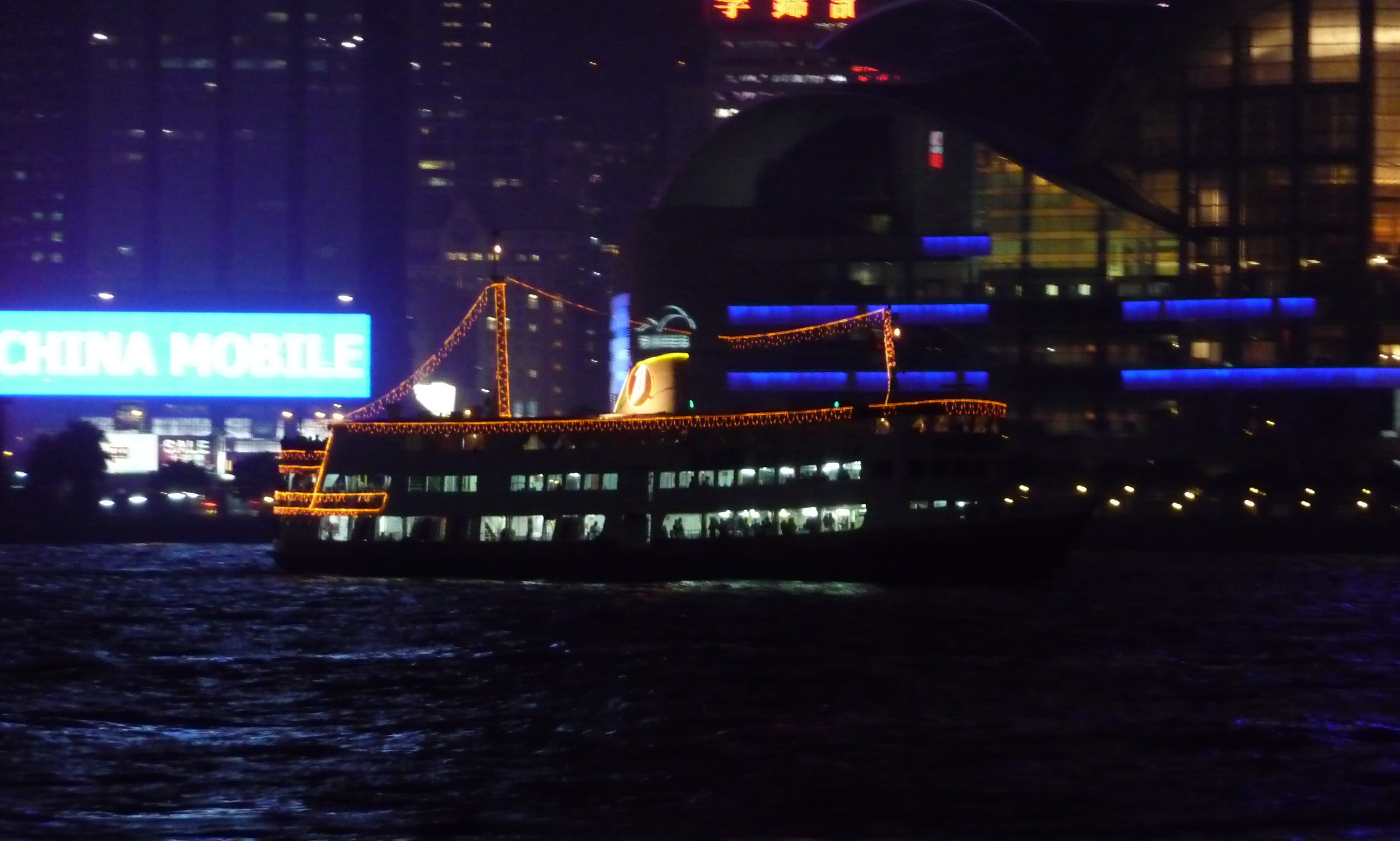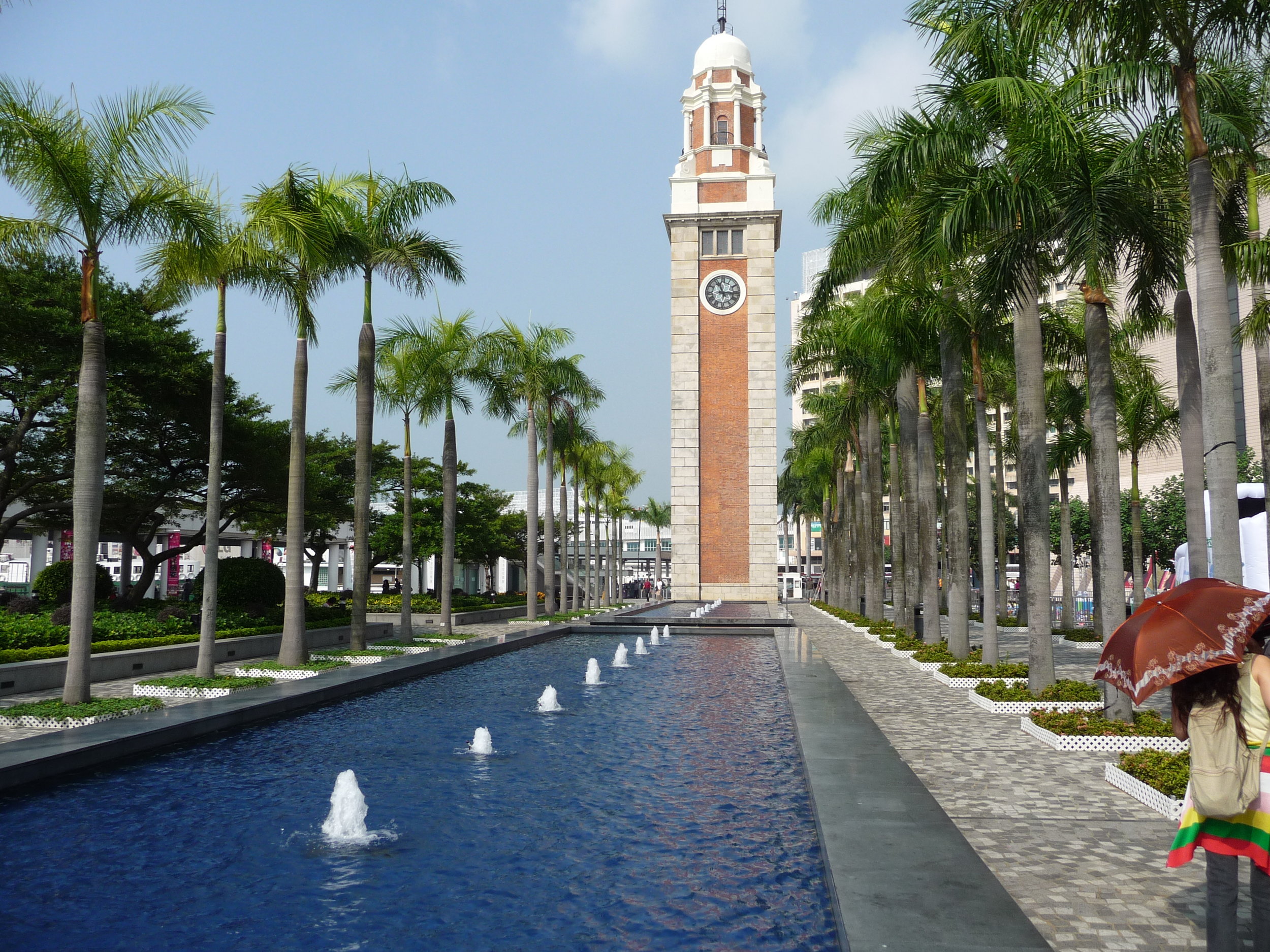Beijing - Great Wall at Badaling
/Where: Northwest of central Beijing for about 45 - 75 minutes, depending on traffic. You can’t miss it.
When: June 2007
When Beijing decided in the late 1970s that they were going to open the country up to the West, someone very smart must have made the point at a regional governors’ meeting: the Great Wall would be one of the world’s greatest tourist attractions, but it was in sorry shape and would cause China to lose face if put on stage without repairs (and restrooms.)
So they got to work, plotting out the places where the Wall would be most easily reached by tourists and prioritizing the spots for rebuilding where traffic would concentrate first. That first point was Badaling, a key mountain pass for the main highway and railroad running northwest from the capital to Inner Mongolia.
Now, all the bricks you see are new; the Wall itself was rebuilt for only about a half-mile to the east of the tourist gate and a mile to the west. The resorts on either side, shopping streets, concert venue, ziplines and gondola cable cars weren’t there in ancient times. Heck, they weren’t there in the 1970s, either.
But it doesn’t matter, because the sight once you get up on the Wall is so amazing. There’s nothing else that compare to actually standing in a place to understand why earlier generations made their choices and how they fought their battles.
I’d say though that the crowd on the Wall is even more significant than the bricks and towers. Because that consultant in the 1970s was only half-right: yes, regardless of international politics, people from all over the world do want to come see it – but even moreso, the Chinese middle class which didn’t even exist at that point would grow to have the desire and income to come, too.
Those hotels and resorts in the surrounding valleys aren’t for Westerners, and the shops aren’t particularly trying to get your dollars. It’s mass tourism for and by Chinese – the hundreds of parked buses on the access road and army of families walking for miles from the far-remote parking lots that you passed in your bus are the proof. They scrimped and saved, and are glad to participate in the capitalist hustle ahead, because they want to see for themselves. Tens and tens and tens of millions every year.
That’s got to mean something for the future of China.
How to get there
High-speed and metro services are going to eventually reach the Badaling site, but realistically you’ll want to join an organized tour leaving from your hotel or one nearby. The bus ride is about an hour each way in light traffic, but the expressways can clog up unexpectedly at any time… and parking for the buses can be challenging at times. Here’s where a travel agent is a true value to you if you want everything booked before your departure – otherwise talk to the concierge at your hotel.
Nearby accommodation and activities
As a Western tourist, you would not be staying in or around Badaling, but rather at a hotel somewhere in central Beijing. Improving transit options make the central city’s key features accessible: the Temple of Heaven and Qianmen neighborhood south of Tiananmen Square; the Forbidden City at Beijing’s heart, of course; Jingshan Park and Houhai Lake and the hutong district to the northwest; the Summer Palace and Olympic Park further out.
The Wangfujing district just east of the Forbidden City is a family-friendly hub for hotels, shopping, dining, and nighttime entertainment. Respected hotel chains are represented there with:
- Crowne Plaza Beijing Wangfujing
- Novotel Peace Beijing Hotel
- Park Plaza Wangfujing Hotel
- The Peninsula Beijing (a chain usually priced out-of-reach for families, but rather reasonable rates at this location)
- Lee Garden Service Apartment
- NUO Hotel Beijing
- Novotel Beijing Xinqiao
Other links
Impressions of… Beijing Hutong School
Impressions of… Beijing Forbidden City

